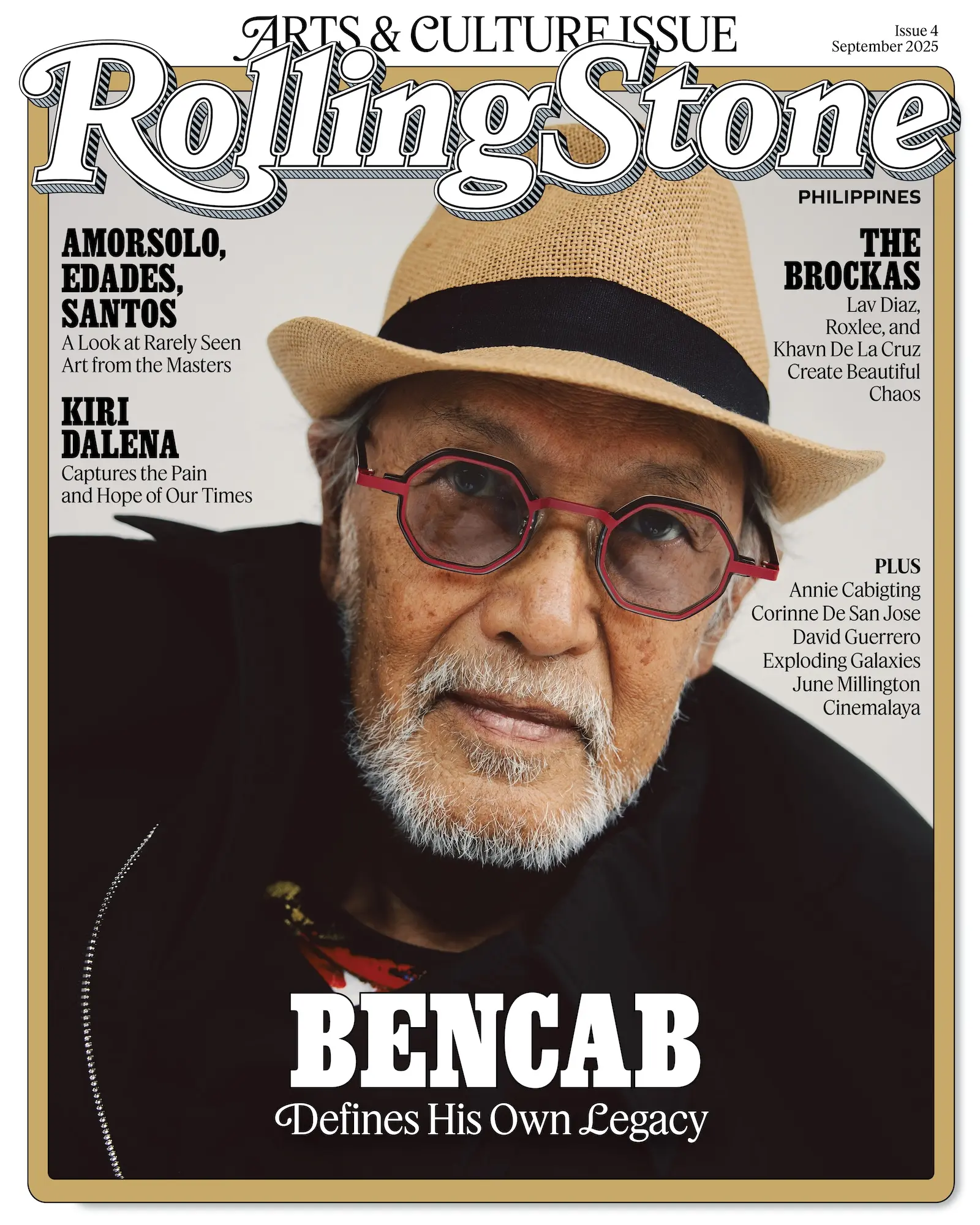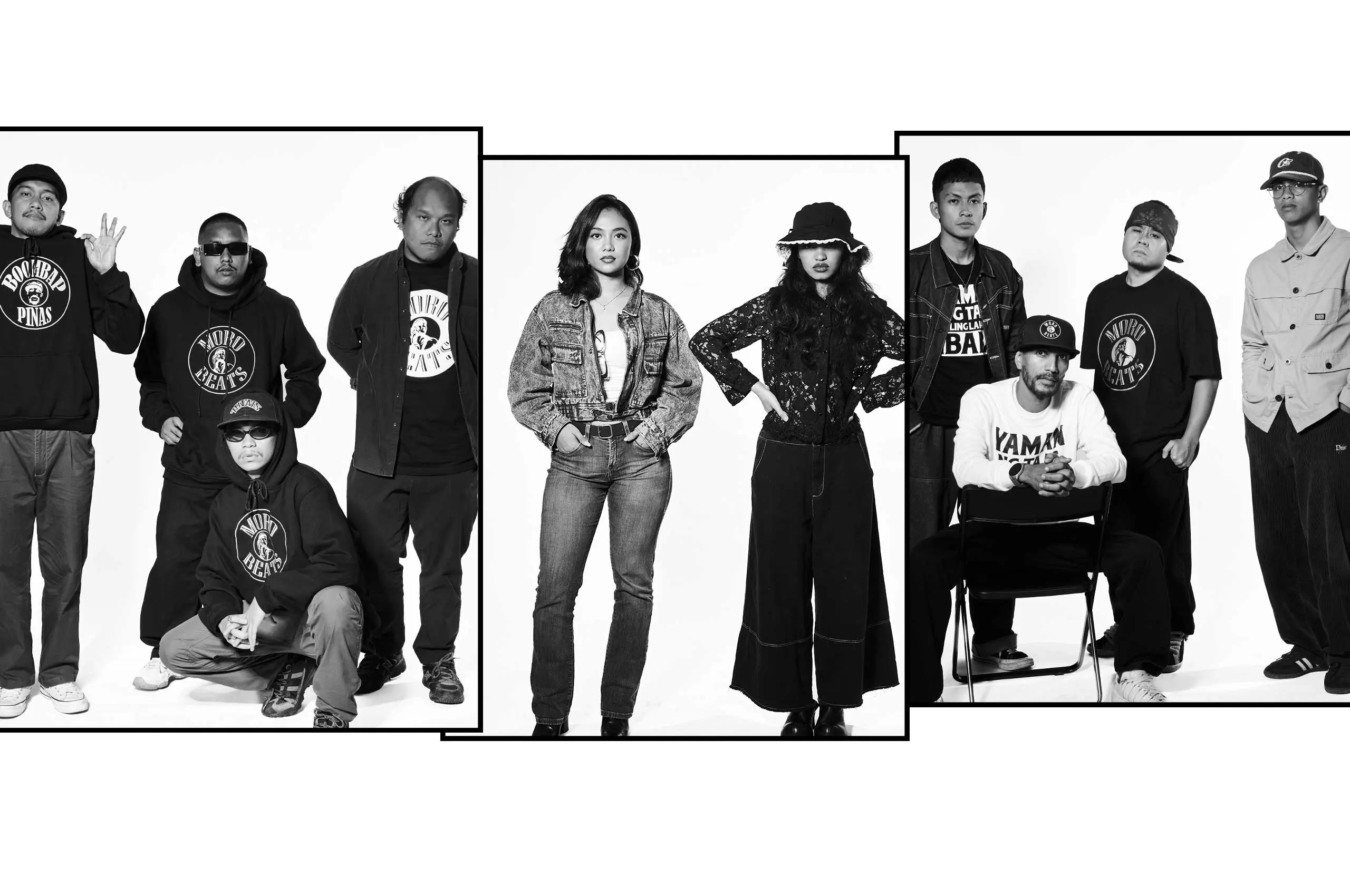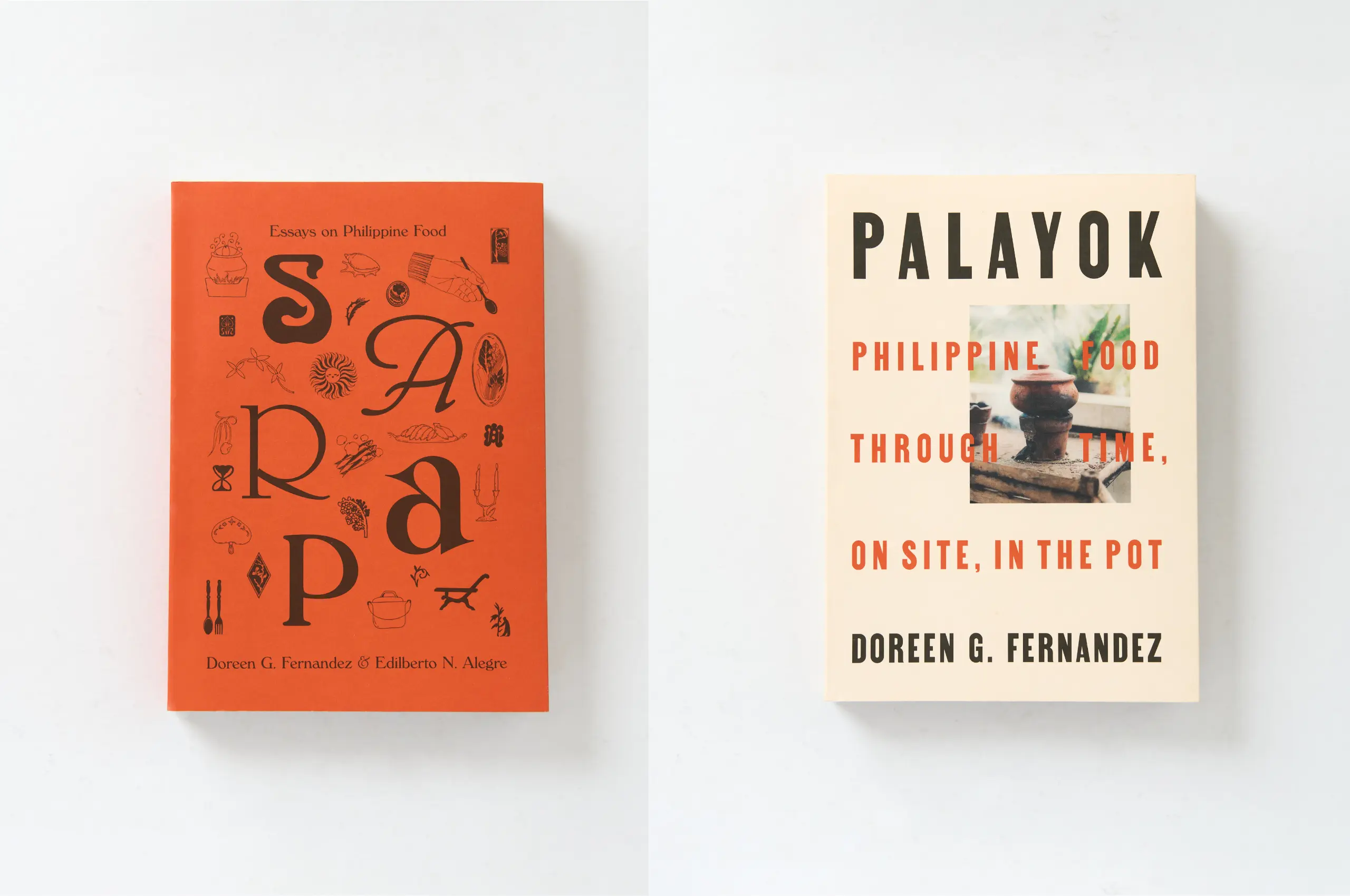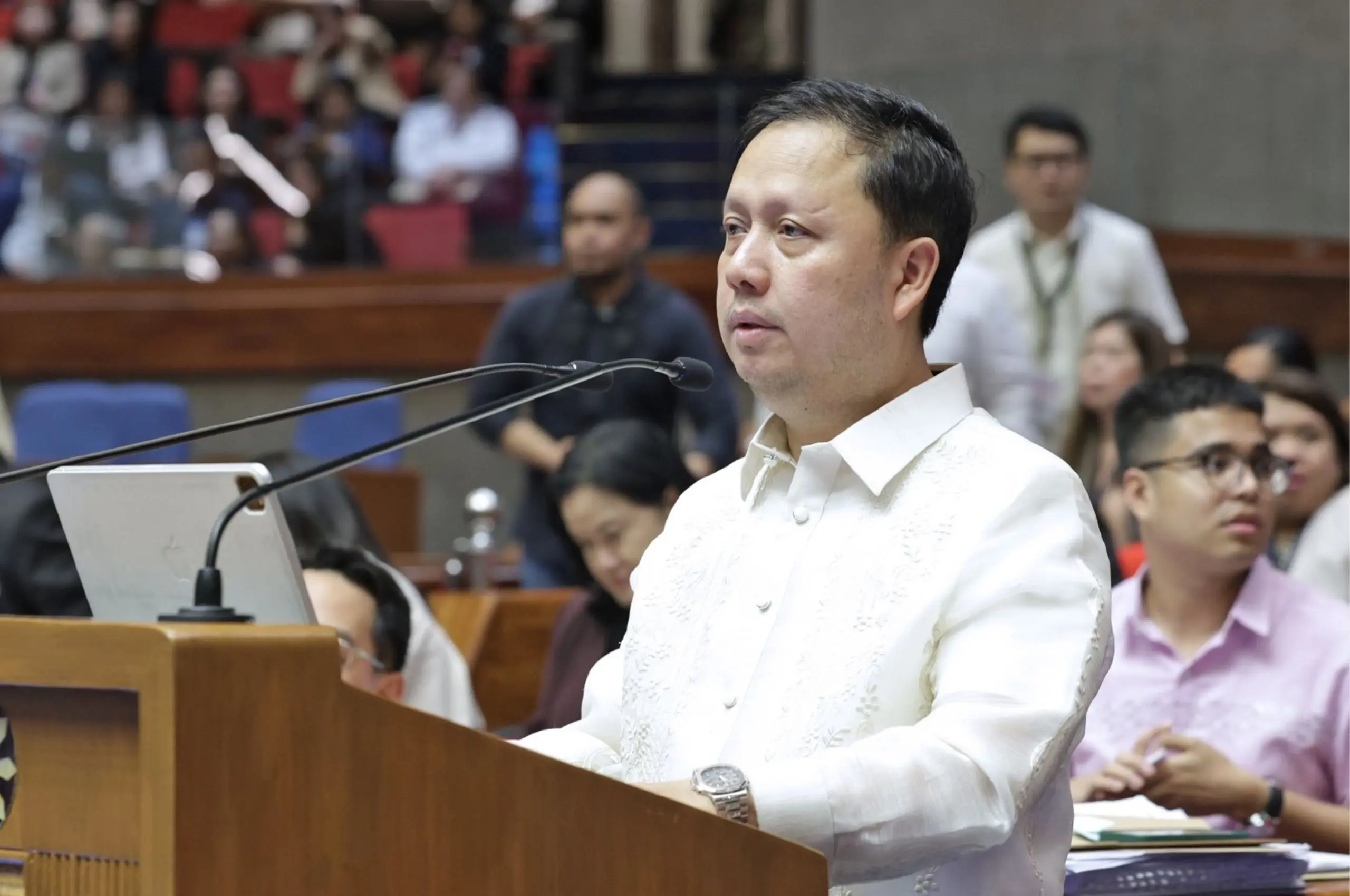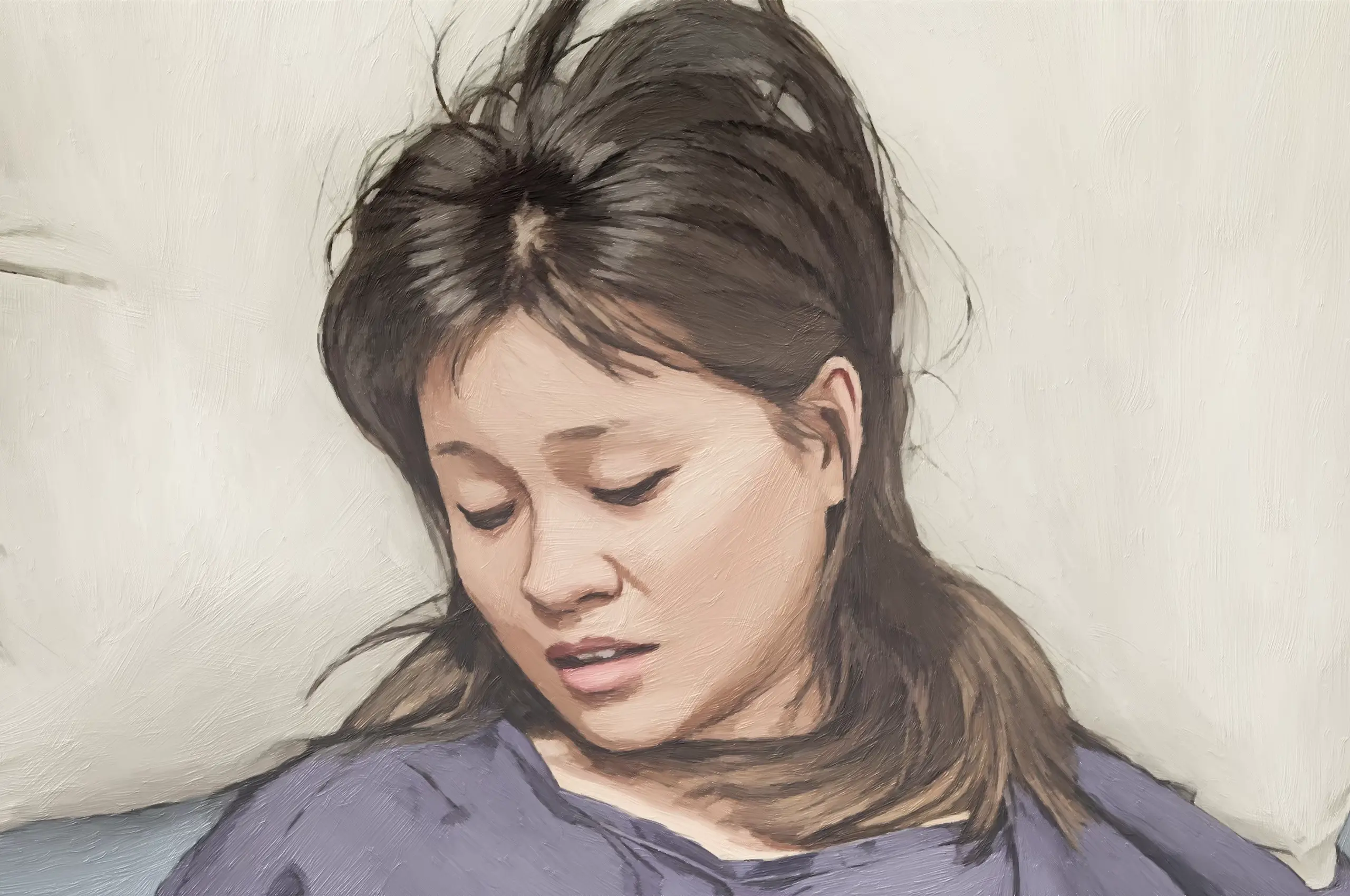Skateboarding has always been seen as an act of delinquency by local authorities and privately owned spaces. Villainized by police as reckless damage to public property and linked to loitering and rebellion, skating never quite got the clean image despite its global popularity. That outsider energy mirrored the grit and sneer of “punk” music. A genre characterized by fast percussion, gritty guitar riffs, and an aggressive lyrical approach. It’s no surprise the two cultures came up hand in hand.
Go Skateboarding Day was launched by the International Association of Skateboard Companies in 2004 to celebrate the sport and its culture. Held annually on June 21, the event gives skaters a space to ride, gather, and show out. The first Go Skateboarding Day in the Philippines took place in 2007 at Pasig Rain Forest Skate Park, Pasig. Since then, skaters from across the city have made it a yearly ritual, a rare moment where skateparks, parking lots, and stages become one. Live music — especially hardcore — was a fuel for most skaters everywhere.
For many, skateboarding is a culture open to all ages. Hardcore punk band Badwave frontman, skater, and longtime Go Skateboarding Day advocate Jerwin Santos, better known as Spanky, believes that skating and hardcore punk shaped the way a lot of kids found community, energy, and meaning.
“Pagkatanda ko, 2003 o 2004 ata ‘yon sa Malolos munisipyo,” he tells Rolling Stone Philippines. “Skate rock talaga [ang tawag]. [May nagske-skate] sa gitna ng park habang tumutugtog ‘yong banda. Naalala ko ‘yong bandang Play tumutugtog. Sobrang hype ko, nonstop ang hot skate ko ‘non. Best day.”
Different Era, Same Hype

Spanky points to bands from his youth that helped define skate shows and how it was about the tricks and the feeling. Folks like Spanky would also credit games like Tony Hawk’s Pro Skater on the original PlayStation, which introduced a generation to skate-punk soundtracks that became gospel. At a recent Badwave set in Bangkal Street, Makati, he says the hardcore band made it a point to reconnect with new skaters on their own terms.
“Ang daming new generation na kids na naenjoy nila ‘yung set namin,” he says. “Iba ‘yong saya talaga. Intimate ‘yong vibe, lahat nag-enjoy. Magkaibang era pero same hype.”
Gen Z band Walktrip, who call their sound “blackened hardcore”, grew up on a different wave of hardcore bands but share the same energy. Vocalist Christian Dave Opiniano recalled playing Go Skateboarding Day just after the pandemic.
“Isa sa pinaka naalala kong event na may skate at hardcore punk ‘yong tumugtog kami sa GSD ng Valenzuela locals noong 2022,” he says. “Tumugtog kami sa isang court ng barangay. Sobrang DIY lang din habang tumutugtog kami, may mga naglalaro na skaters sa court.”
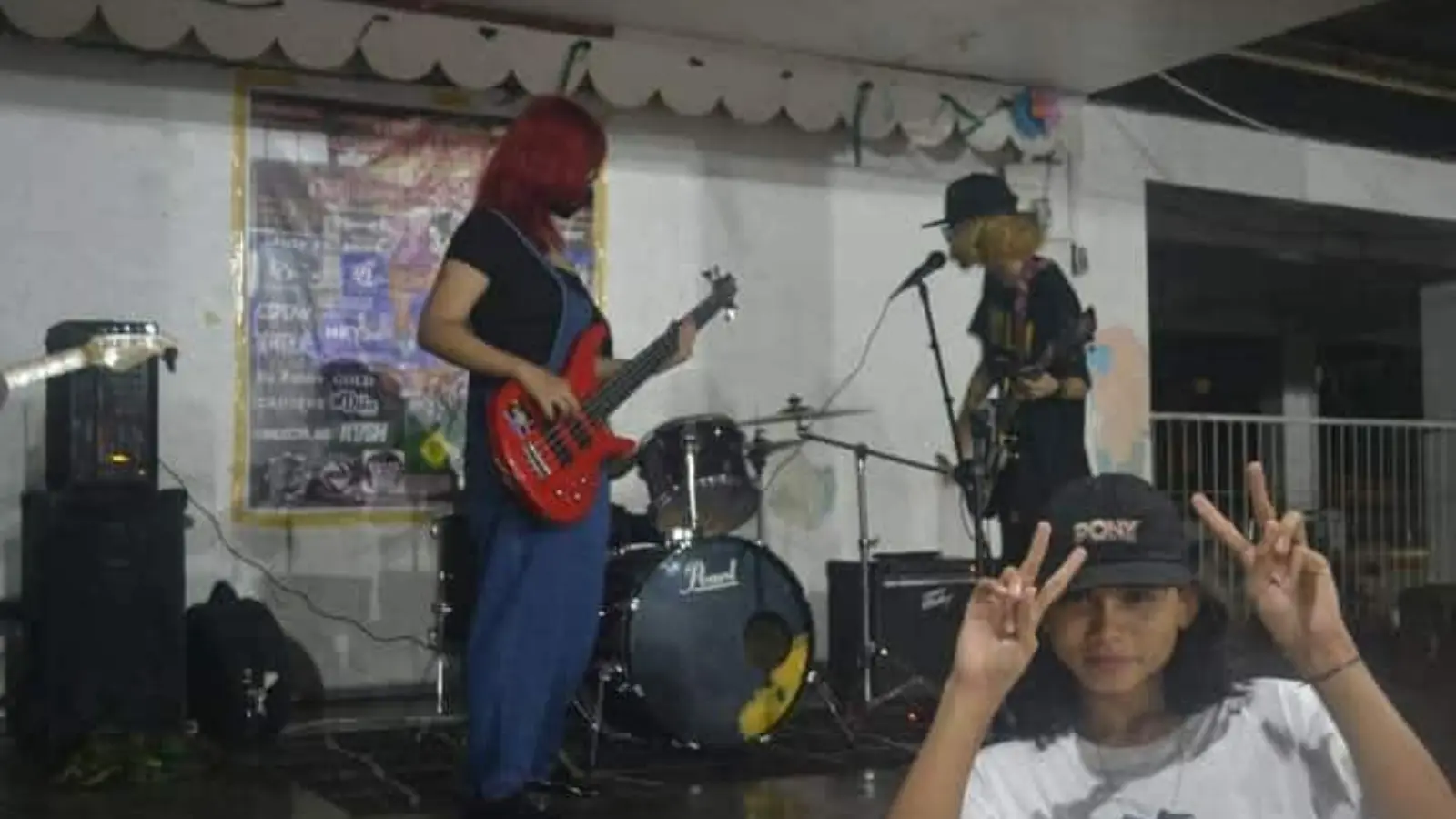
For Opiniano, it was refreshing to see a couple of genres converge together in one event, where punk music isn’t the only exclusive music genre that exists within the live music canon for most skaters.
“Solid palagi makakita ng mga skater na naiintroduce sa hardcore music lalo na mga bata siyempre,” he says. “Mas dominated na kasi ng hip-hop music yung eksena sa skate. Nakakatuwa makakita ng mga nagta-try makipagsabayan sa pit ng hardcore. Makikita mo yung iba slaman mala-”Gin at Marijuana” ng Owfuck tas sumasabay sa mga karate kid.”
Other than Go Skateboarding Day, there’s solid proof to suggest skate culture and hardcore music bring out the best of each other. You hear it in the scratch of grip tape and the feedback of a basement PA. It’s in the way a kid bombing a hill in Marikina is soundtracked by an Oi! track (or any subgenre of punk music, really) blasted from a cracked speaker, or how punk shows in Quezon City parks double as skate jams by default. The more days like this come around, the harder it gets to ignore the communities carving out space for themselves, one busted elbow and blast beat at a time.

